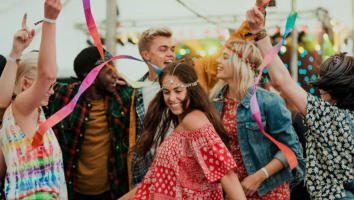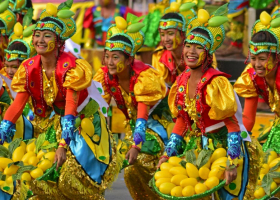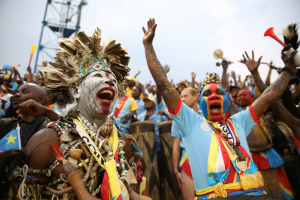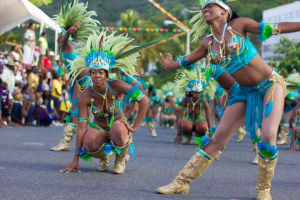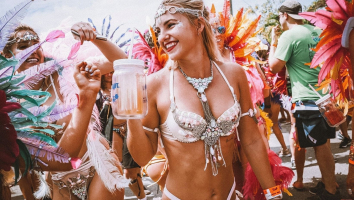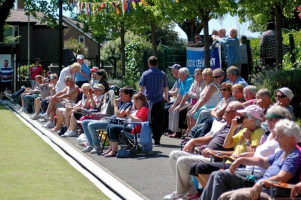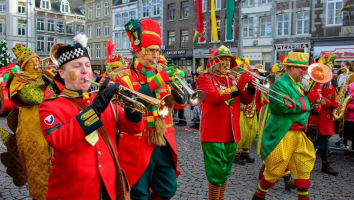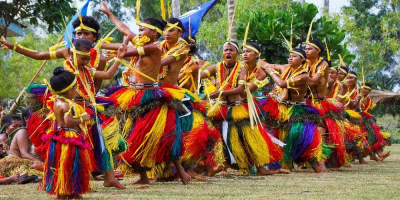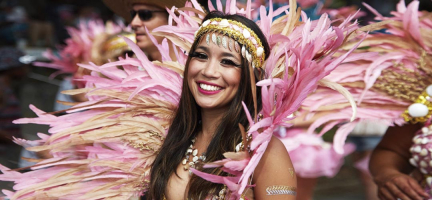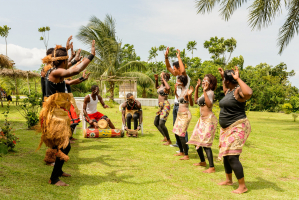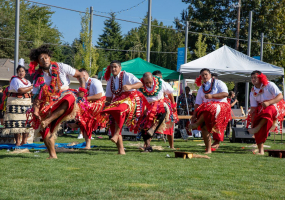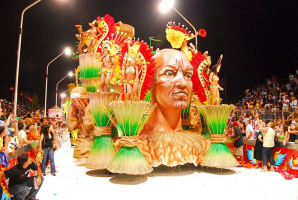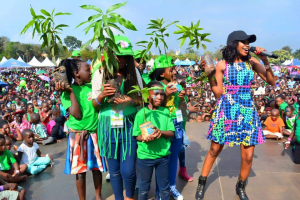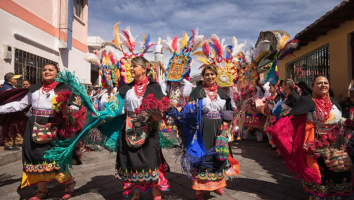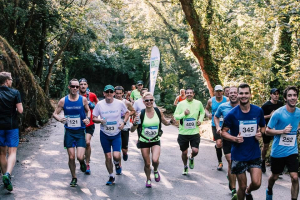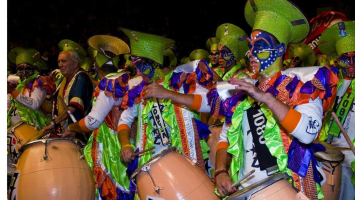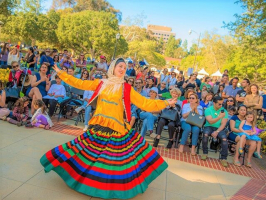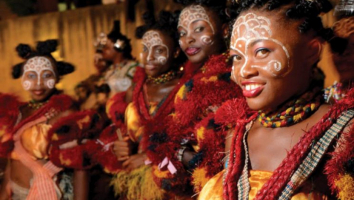Top 12 Most Famous Festivals in the Philippines
Festivals in the Philippines allow people to showcase their rich culture while also honoring history and patron saints. Tourists come to the Philippines not ... read more...only to see its lovely beaches and majestic sights, but also to participate in the country's great festivals, which undoubtedly add to the country's fun factor. Let’s find out the most famous festivals in the Philippines now!
-
The Sinulog Festival is an annual cultural and religious festival held in Cebu City on the third Sunday of January and Carmen, Cebu on the fourth Sunday of January. It is the focal point of the Philippines' Santo Nio Catholic celebrations.
The festival is regarded as the Philippines' first and largest, with annual celebrations attracting between 1 and 15 million people from all over the world. This is why Sinulog becomes one of the most famous festivals in the Philippines.
Aside from the religious aspect of the festival, Sinulog is also known for its street parties, which usually take place the night before and after the major event. The "Grandest Festival in the Philippines" is the name given to the event.
Processions, parties, concerts, colorful and energetic street dancing, enticing drum beats, and parades are all part of this week-long celebration.
Main Highlights
- Fluvial Procession of the Miraculous Image of the Santo Niño
- Sinulog Grand Parade
Date: Third Sunday of January
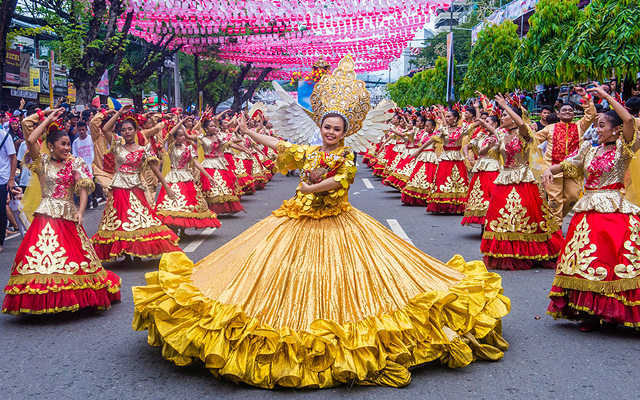
Source: Spot.ph Source: Bisdak Destinations -
The Ati-Atihan festival is a Philippine festival held annually in January in honor of the Santo Niño (Holy Child or Infant Jesus) in several towns of the province of Aklan, Panay Island. The main event takes place in Kalibo, the province's capital, on the third Sunday of January. "To emulate the Ati people," the word Ati-Atihan signifies.
The Ati-Atihan Festival features religious processions and public parades with themed floats, colorfully costumed dancing groups, marching bands, and people donning face and body paints. The street parade is known as Sadsad, which is also how the locals refer to their style of dance, which involves dragging one's foot across the ground in time with the marching bands' beat.
It is recognized as the "Mother of All Philippine Festivals" because it influenced other Filipino festivals such as Iloilo's Dinagyang and Cebu's Sinulog. Ati-Atihan Festival in Aklan is considered to be one of the most famous festivals in the Philippines. This religious festivity is also one of the oldest Philippine celebrations.
Date: Third Sunday of January
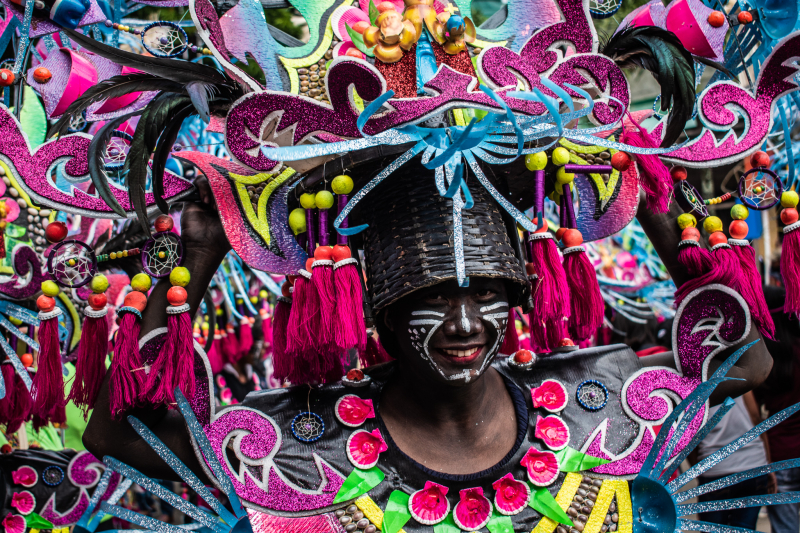
Source: Wikipedia Source: Alliv Samson -
The Dinagyang Festival is a most famous festivals in Philippines which held yearly on the 4th Sunday of January, just after Cebu's Sinulog and Kalibo's Ati-Atihan Festival. Dinagyang is one of the Philippines' largest and most prestigious events, attracting over a million domestic and international visitors each year.
The Dinagyang Festival is the only one in the Philippines to have been named the best tourist event for three years in a row by the Association of Tourism Officers in the Philippines (ATOP) in 2006, 2007, and 2008. Because of its history, popularity, and creativity, it is also the most awarded festival in the country, receiving both national and international prizes. Dinagyang is dubbed the "Queen of All Philippine Festivals" and is recognized as a world-class celebration.
Main Highlights
- Floats Parade of Lights
- Festive Parade Sponsors Mardi Gras
- Dinagyang 360° Tribe Competition
Date: Fourth Sunday of January
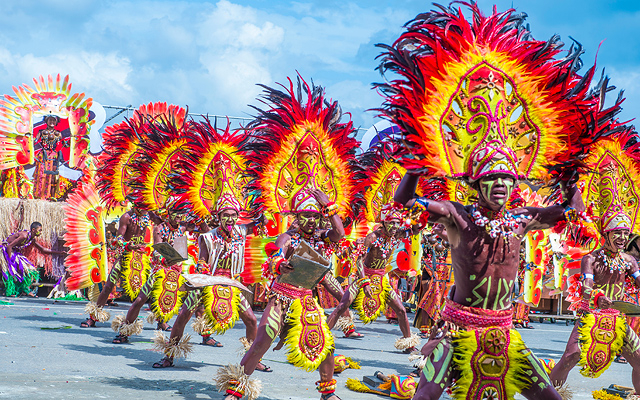
Source: Spot.ph 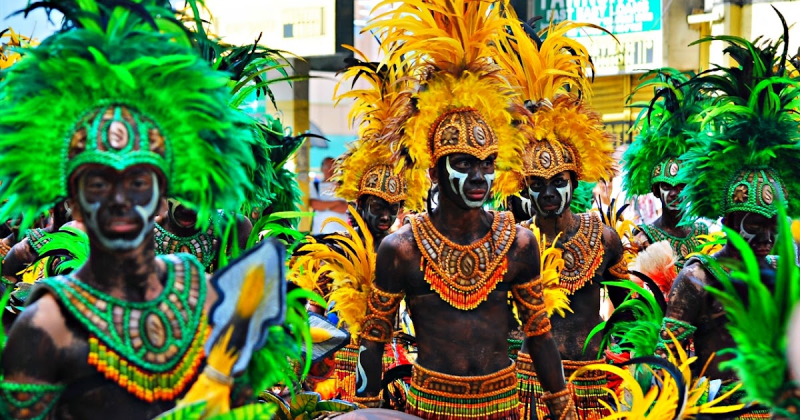
Source: Nomadic Experiences -
Every famous holiday in the Philippines is typically colorful, and the Pahiyas Festival is without a doubt one of the Philippines' most bright and brilliant festivals. The Pahiyas Festival has a long history dating back to the 15th century. Farmers used to bring their harvests to the foot of Mount Banahaw to be blessed. Quezon Province is the birthplace of the Pahiyas festival.
Pahiyas Festival is an annual event to honor San Isidro Labrador, the patron saint of farmers, for a plentiful harvest in town, and it is one of the Philippines' ten religious festivals. The town's greatest agricultural products, especially multicolored Kipings—a traditional Filipino leaf-shaped wafer made from glutinous rice—are used to decorate houses.
Main Highlights
- Early Morning Procession in honor of San Isidro Labrador
- Free food for everyone and the colorful houses decorated with Kiping
Date: May 15th
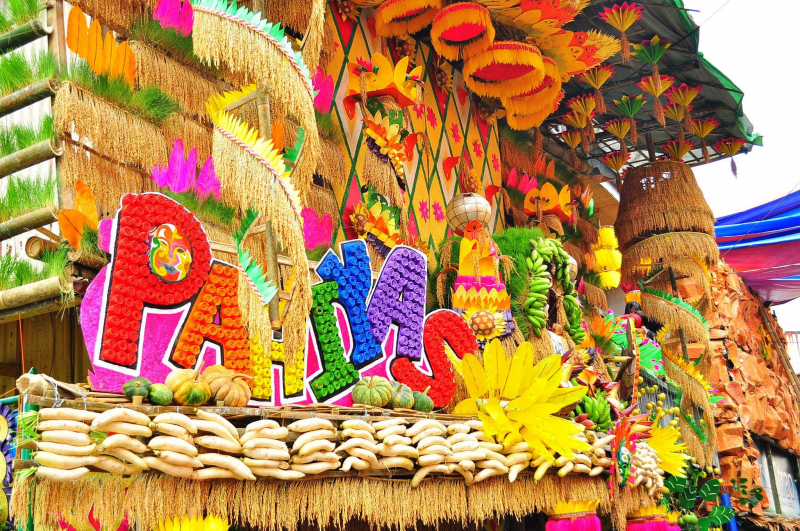
Source: Culture Trip Source: One Armed Wanderer -
Panagbenga Festival (Flower Festival) is an annual flower festival in Baguio, Philippines, that lasts for a month. The phrase comes from the Kankanaey language and means "blooming season." The event, which takes place in February, was developed as a tribute to the city's flowers and as a method to recover from the devastation caused by the earthquake that struck Luzon in 1990.
The Panagbenga Festival features floats that are mostly covered with flowers, similar to those seen in the Rose Parade in Pasadena. The festival also features street dancing inspired by the Bendian, an Ibaloi celebration dance from the Cordilleras, performed by dancers dressed in flower-themed costumes.
The month-long celebration kicks out on February 1st with a series of activities planned by the city government and the commercial sector. Throughout the month, many activities were held to commemorate the occasion. But the most popular events were the Street Dancing and Float Parade in the festival's final week, following which Session Road was blocked for a week for exhibitions. Wright Park honors their pony boys and horse trainers in a simulcast. The festival's closing ceremonies took place in the evening of the festival's final day.
Date: February 1st
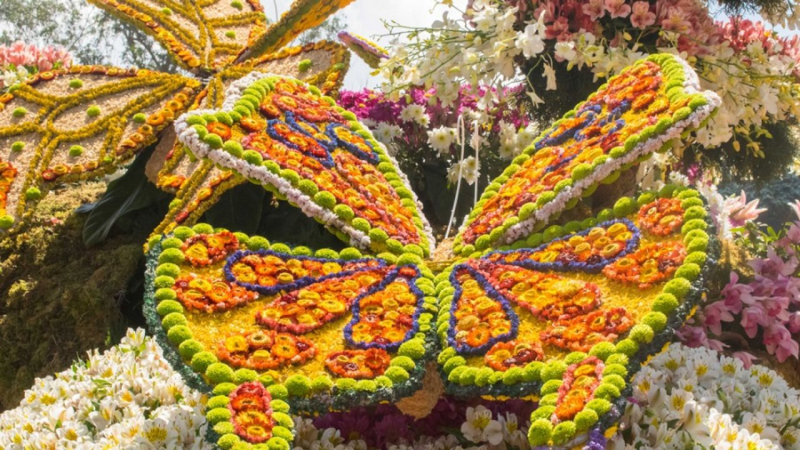
Source: ZenRooms Blogs 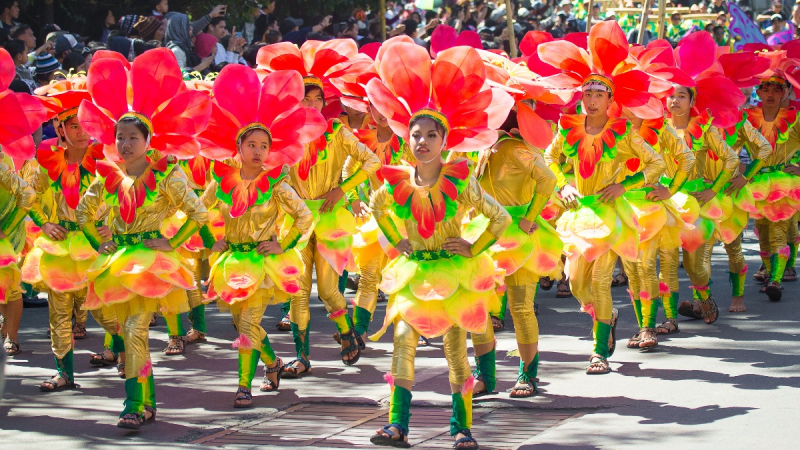
Source: Reportr -
Another most famous festival in the Philippines is Lechon Festival. The Lechon Festival in Balayan is one of the most eagerly anticipated events in the Philippines. People from all over the world would travel to Balayan simply to take part in this thrilling celebration.
The day begins early since the streets are already crowded with festivities, with people dancing and guests from all over the world. It is held every June 24th in honor of St. John the Baptist. The local government and locals have planned a plethora of fun activities for everyone to enjoy Lechon Festival, including street dance, the Parada ng Lechon (lechon parade), in which the event's main star is not a real person but is dressed up as one, and the most thrilling element, basaan (water dousing).
Main Highlights
- Parades of Lechon
- Water Splashing Activity
Date: June 24th
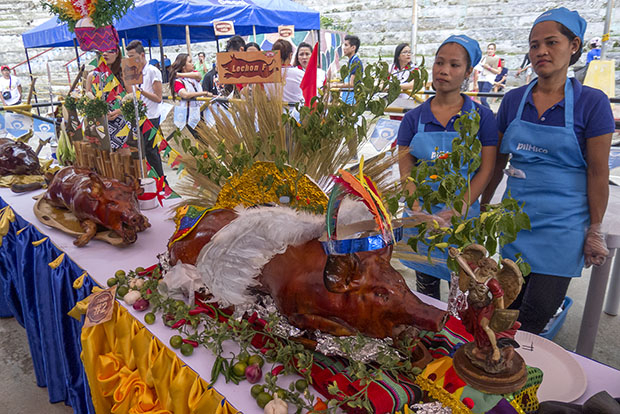
Source: MindaNews Source: Our Awesome Planet -
The Kadayawan Festival is a Filipino annual festival held in the city of Davao. The event is a celebration of life, a thanksgiving for nature's gifts, culture's riches, harvest plenty, and the peace of living. This event used to be held every year in the third week of August, and it included the 11 tribes of Davao City.
The Indak-Indak sa Kadalanan, or street dance, is one of the highlights of the Kadayawan Festival. This is an exhibition of the region's many indigenous cultures. Various Mindanao communities dance in colorful costumes that emphasize their traditional heritage as part of the festivities.
Main Highlights
- Indak Indak sa Kadalanan Street Dancing
- Kadayawan Floral Parade
- Parada sa Dagat
Date: Third Week of August
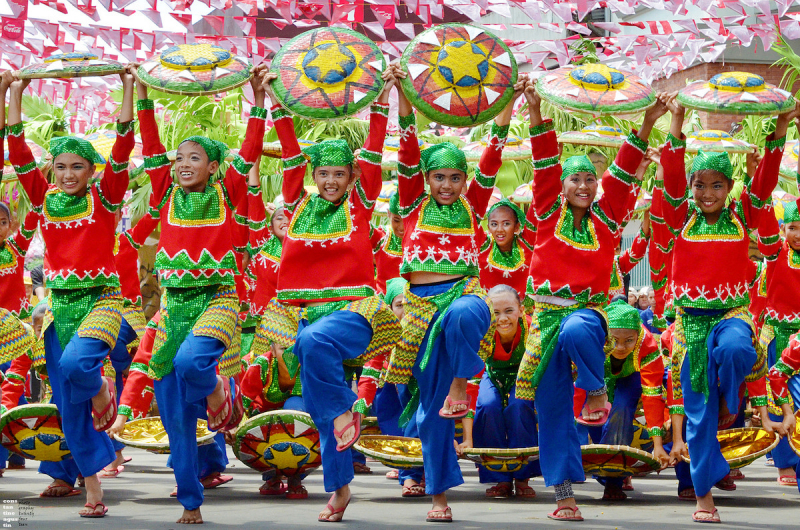
Source: Out of Town Blog Source: ALBERTisement -
The MassKara Festival is an annual festival with highlights held in Bacolod, Philippines on the 4th Sunday of October. The Bacolod Public Plaza, the Lacson Tourism Strip, and the Bacolod Government Center are among the festival's locations.
The festival's mask motif has shifted from masks inspired by local Filipinos to masks inspired by the Carnival of Venice and the Carnival of Rio. Traditional masks were hand-painted and embellished with feathers, flowers, and local beads, but modern masks are embellished with plastic beads and sequins.
People from all walks of life flock to the streets to see masked dancers gyrating to the pace of Latin musical beats in a demonstration of expertise, gaiety, coordination, and stamina at the festival's street dance competition. The MassKara Queen beauty pageant, carnivals, drum and bugle corps contests, cuisine festivals, sports events, musical performances, agriculture-trade fairs, garden exhibits, and other special events are among the major activities held each year.
Date: Fourth Sunday of October
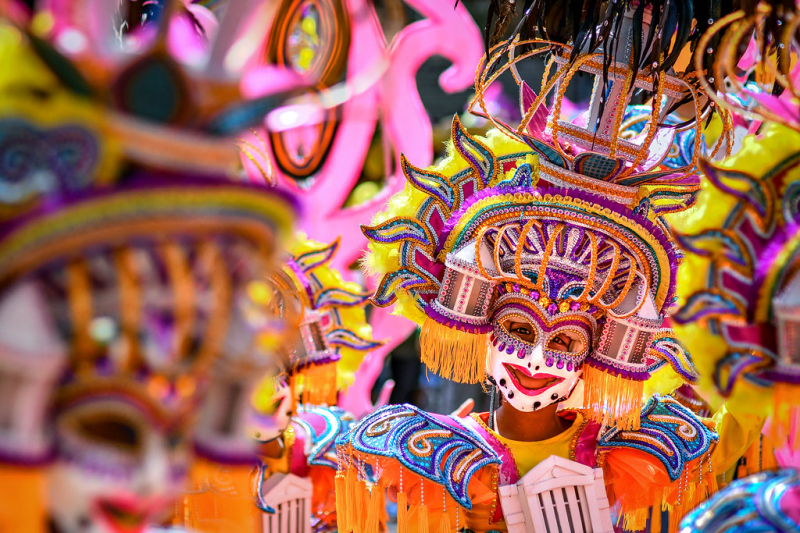
Source: Flickr Source: Panay News -
General Santos City's Tuna Festival is a must-see attraction. Because of the quantity of tuna fish, the city is also known as the "Philippines' Tuna Capital."
Yellowfin tuna fish abound in the waterways surrounding the city, making it one of the top tuna producers in the world. Furthermore, General Santos is regarded as a world-class tuna supply. It's no surprise that the residents painstakingly organized the Tuna Festival.
This is a tuna-themed festival and the place to go if you want to appreciate tuna cuisine. One of the most amazing aspects of the festival is the tuna dish cooking competition. Before heading to the street carnivals, fill up on wonderfully grilled tuna and watch the vibrant natives dance to melodious sounds.
Main Highlights
- Tuna Festival Float Parade
- Sugbahan sa Dalan
Date: First Week of September
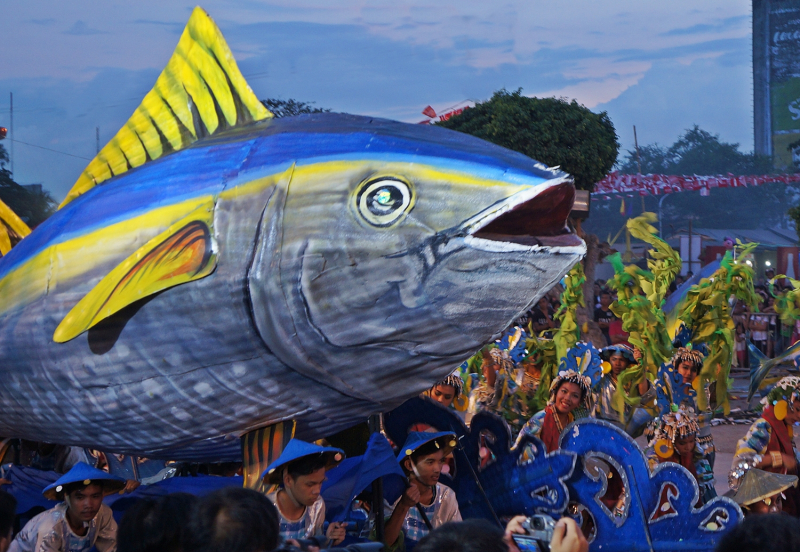
Source: mymindanao 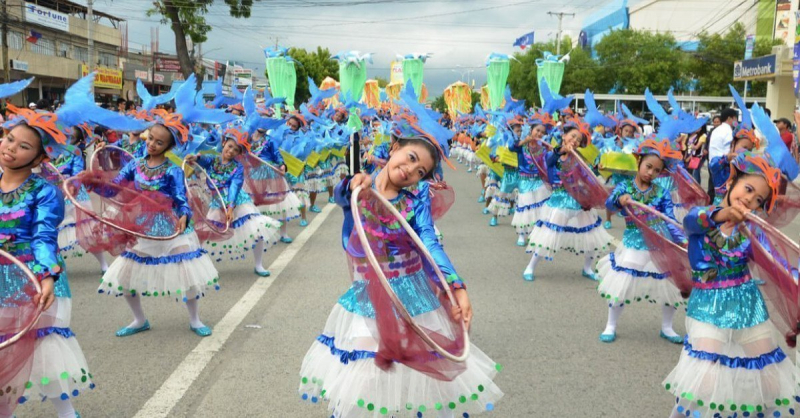
Source: Lessandra -
The Higantes Festival is a local festival held annually In Angono, Rizal, Philippines. The celebration's origins may be traced back to Spanish colonial control in the late 1800s, when the wealthy ruling class who dominated Angono as their hacienda rigorously prohibited the common people from celebrating, with the exception of one festival every year.
The hardworking common people mocked the hacienderos with the higantes puppets during their once-a-year festival, transforming the papier-mâché giants into hacienderos. In one the most famous festivals in Philippine - Higantes Festival, the common people were supposed to have learned papier-mâché from Spanish friars through unexplained means. The gigantic puppets show a man or woman dressed in a variety of outfits, their faces giving instructions and their hands on their waists.
Main Highlights
- Higantes Festival Parade
- Water Splashing Activity
Date: November 23rd
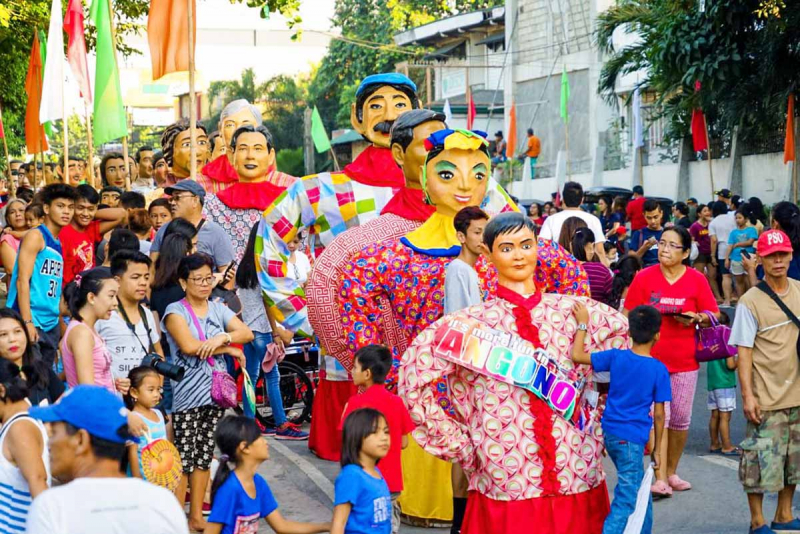
Source: Behold Philippines Source: Dean Cascon -
The Mango Festival is an annual festival celebrated in the Philippines' province of Zambales to commemorate or encourage the province's abundant mango crop. The first event was held in 1999. A mango serves as the mascot.
Mangoes are the province of Zambales' main crop. The majority of the mangoes harvested in Palauig are exported to other provinces including Metro Manila. The Mango Festival is conducted to commemorate the provinces' abundant mango crop.
Other events unrelated to the province's mangoes, such as sporting events, were added in 2015, but the province's fruit remained the festival's highlight.
Main Highlights
- Mango eating challenge
- Street dancing
Date: March or April
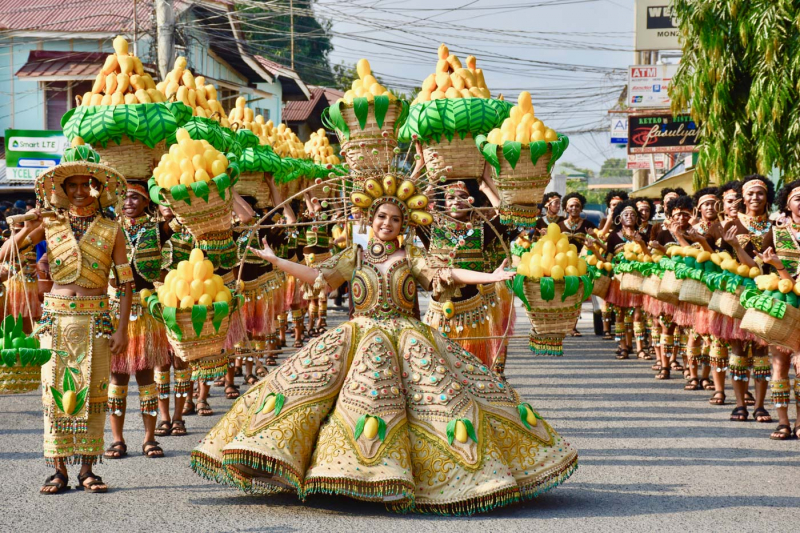
Source: Rappler 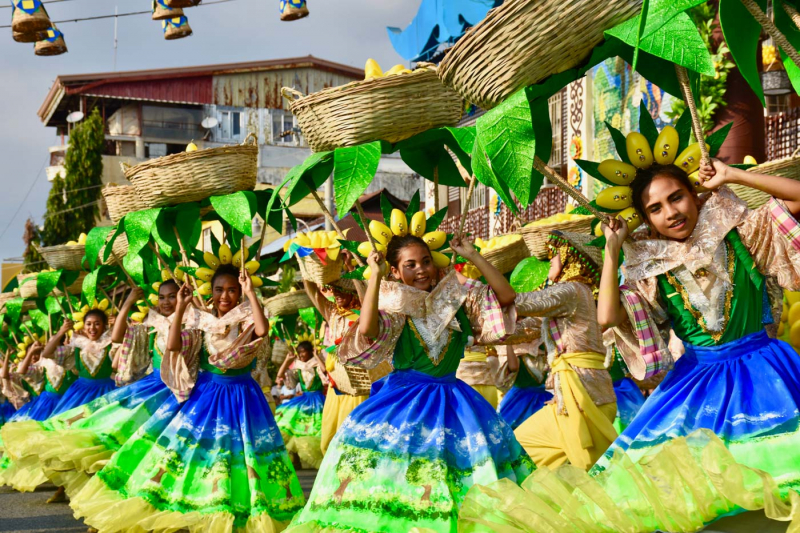
Source: Rappler -
Bangus Festival is held in Dagupan City, Pangasinan, to honor the city's thriving aquaculture, particularly in bangus or milkfish. The Bangus Festival began in 2002 with the goal of promoting the bangus business. The bangus cook-off, street party, trade fairs, and, of course, the exciting festival dance in the streets are all highlights of this non-religious event.
However, among the many ways to prepare bangus, the locals like to grill them. Many roadside food vendors will be grilling whole milkfish for passers-by to enjoy at home or on little tables and chairs near the grill. Bangus goods can be found in a variety of forms, including dried, raw, frozen, snack items, souvenirs, and merchandise.
Main Highlights
- Street party
- Street dancing
- Trade fairs
- Bangus cook off
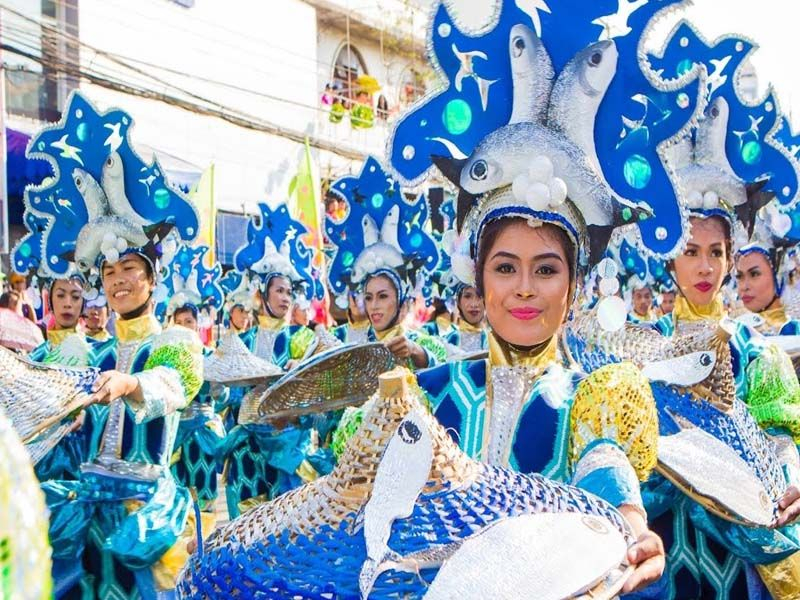
Source: Pinterest Source: Nan Salmazan Liclican














